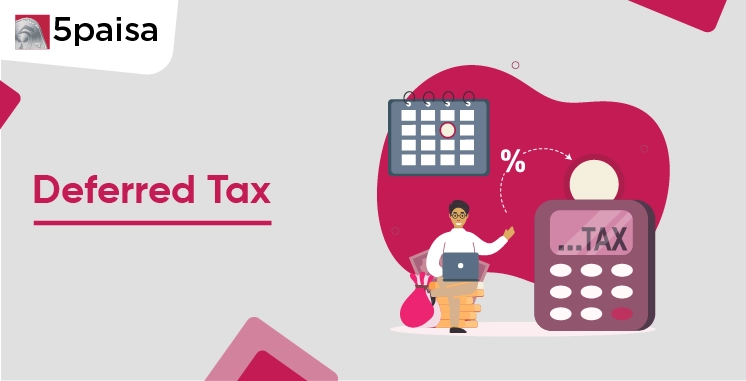Content
- What is Deferred Tax?
- Types of Deferred Tax
- How is Deferred Tax Created?
- Benefits of Deferred Tax in Financial Reporting
- How Deferred Tax Affects Cash Flow
- Deferred Tax and Financial Analysis
- Conclusion
Deferred tax is a crucial concept in accounting, especially for businesses that must deal with differences between their financial reporting and tax obligations. This article will provide a comprehensive understanding of deferred tax, focusing on how it is created, why it exists, and its importance in financial accounting. By the end, you'll have a clear understanding of deferred tax and how it affects both businesses and their stakeholders.
More Articles to Explore
- Difference between NSDL and CDSL
- Lowest brokerage charges in India for online trading
- How to find your demat account number using PAN card
- What are bonus shares and how do they work?
- How to transfer shares from one demat account to another?
- What is BO ID?
- Open demat account without a PAN card - a complete guide
- What are DP charges?
- What is DP ID in a demat account
- How to transfer money from demat account to bank account
Disclaimer: Investment in securities market are subject to market risks, read all the related documents carefully before investing. For detailed disclaimer please Click here.
Frequently Asked Questions
Deferred tax assets arise when a company expects to pay less tax in the future, often due to tax-deductible expenses or losses. In contrast, deferred tax liabilities occur when a company will have higher future tax obligations due to temporary differences in accounting and tax rules.
Deferred tax adjustments ensure that a company's financial statements reflect both current and future tax obligations, providing a more accurate picture of its profitability and financial position while aligning financial and tax reporting.
Deferred tax liabilities often arise due to accelerated depreciation on assets for tax purposes, capital expenditure deductions, or differences in revenue recognition between tax regulations and accounting standards, leading to higher taxable income in later years.
Yes, deferred tax assets can be written off if a company is unlikely to generate sufficient future taxable profits to utilise them. In such cases, a valuation allowance is created, reducing the asset’s impact on financial statements.
Deferred tax assets lower future tax payments, improving cash flow in subsequent periods. By utilising these tax benefits, companies can allocate more resources to operations, investments, or debt reduction.


